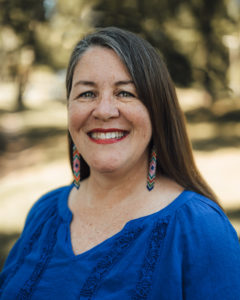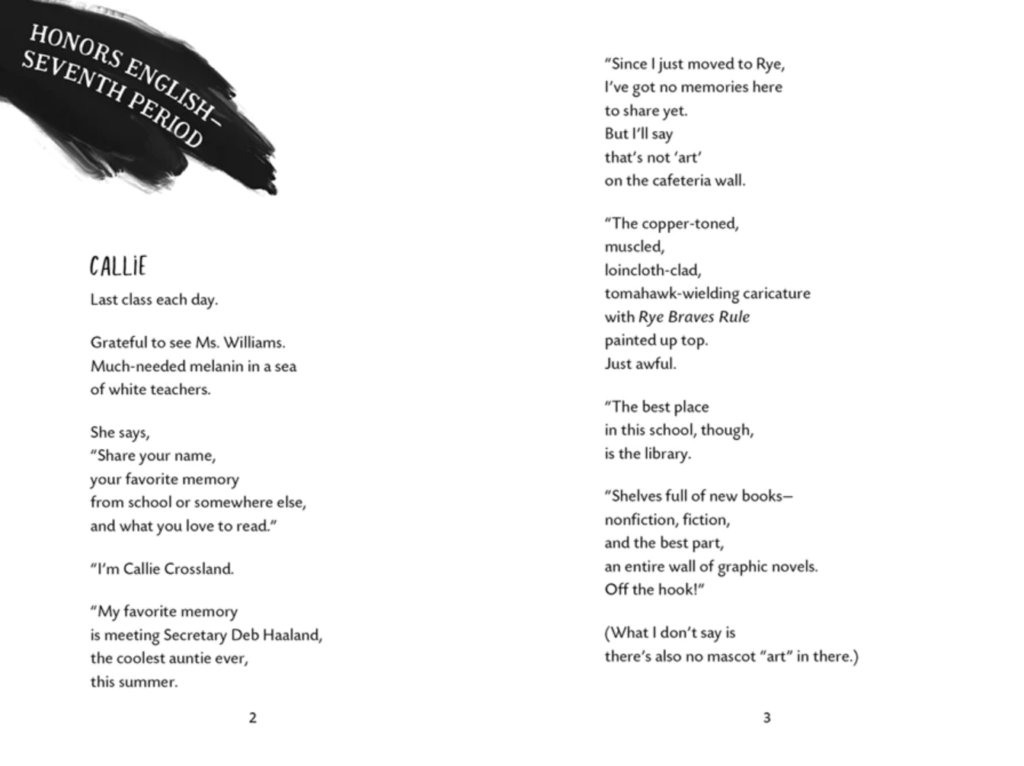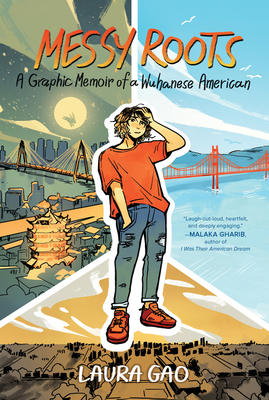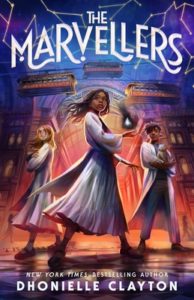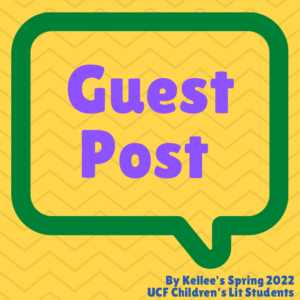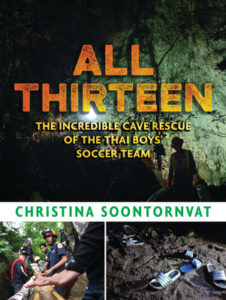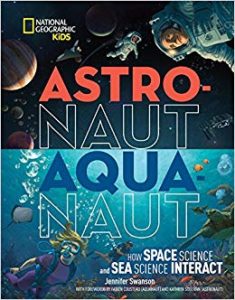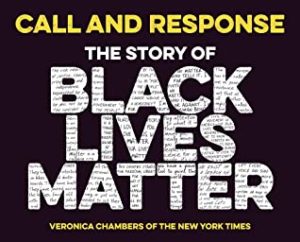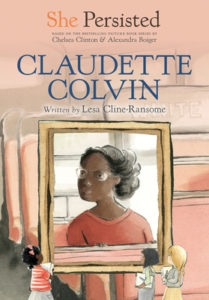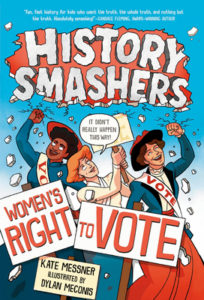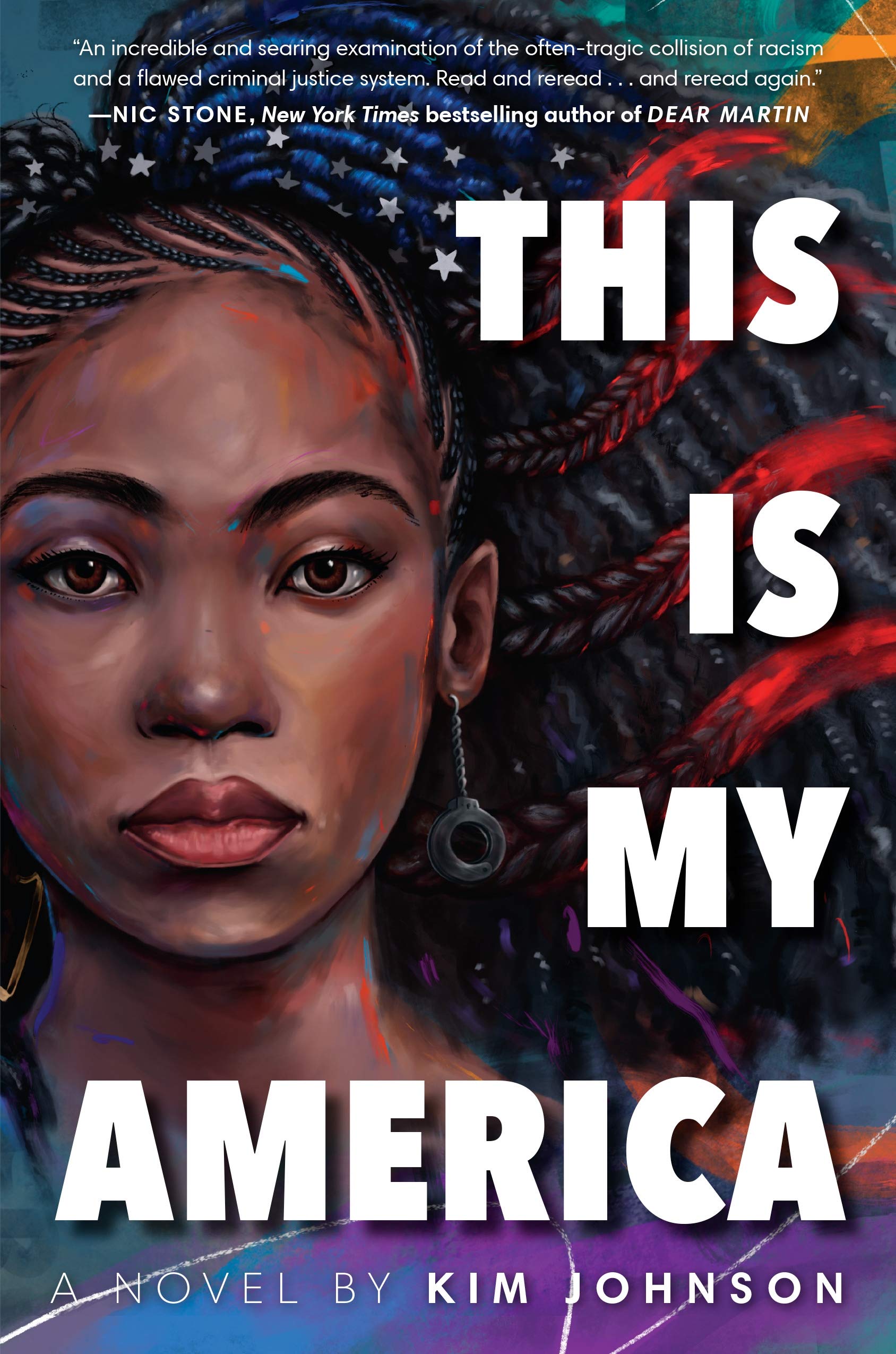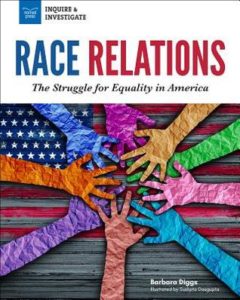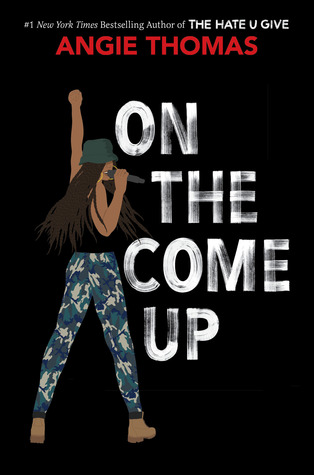Mascot
Authors: Charles Waters and Traci Sorell
Published September 5th, 2023 by Charlesbridge
Summary: What if a school’s mascot is seen as racist, but not by everyone? In this compelling middle-grade novel in verse, two best-selling BIPOC authors tackle this hot-button issue.
In Rye, Virginia, just outside Washington, DC, people work hard, kids go to school, and football is big on Friday nights. An eighth-grade English teacher creates an assignment for her class to debate whether Rye’s mascot should stay or change. Now six middle-schoolers—all with different backgrounds and beliefs—get involved in the contentious issue that already has the suburb turned upside down with everyone choosing sides and arguments getting ugly.
Praise:
⭐ Publishers Weekly, starred review
Told via seven alternating narratives, this ripped-from-the-headlines collaboration in verse by Waters (African Town) and Cherokee Nation member Sorrel (One Land, Many Nations) follows a fictional town’s division over a racist sports mascot. Callie Crossland, who is Cherokee and Black, has just transferred to a middle school in Rye, Va. She immediately expresses disgust at her school’s mascot, a “copper-toned, muscled, loincloth-clad, tomahawk-wielding” caricature of an Indigenous person. Callie’s English teacher Ms. Williams soon assigns a group writing project regarding the “Pros and Cons of Indigenous Peoples as Mascots,” and Callie is annoyed at being paired with Black classmate Franklin, who believes the mascot “brings so much joy.” Waters and Sorrel paint a complex portrait of the differing reactions toward the controversy by layering the racially diverse tweens’ perspectives and showcasing the effects the event has on their individual relationships and the community beyond their school. The creators eschew judgment to present a well-rounded discussion about classism and racism, as well as effective allyship, with compassion and understanding. A glossary and resources conclude. Ages 10–up.
⭐ Kirkus Reviews, starred review
Waters and Sorell (Cherokee Nation) join forces to write about the power of being true to oneself.
In a middle school in Rye, a fictional town near Washington, D.C., a racist mural and offensive pep rally chants shock new student Callie Crossland, who is a citizen of the Cherokee Nation and African American. Callie shares a heartfelt poem with her seventh grade honors English class, reminding everyone that the “stupid tomahawk-chop chant” and the “cheap chicken-feather headdress” are nothing less than symbols of “white supremacy.” Afterward, Ms. Williams, her teacher, assigns a persuasive writing and oration project entitled “Pros and Cons of Indigenous Peoples as Mascots.” The small, broadly diverse group of students is assigned to work in pairs; Callie is matched with Franklin, who is Black and a proud fan of the Rye Braves football team. Franklin insists, “I wish we could Lysol racism away. / It’s a bad odor,” but he feels conflicted: “I still don’t think our mascot is racist though. It brings so much joy. / …what’s the big deal?” This clever novel unfolds in poems told in multiple voices showing the wide range of students’, families’, and community responses to the controversy; for some, initial feelings of opposition, hesitation, or indifference change and friendships are tested. The compelling, highly relevant subject matter and accessible text invite readers to understand different perspectives and witness individual growth.
A brilliant story not to be missed; deeply engaging from the first page. (glossary, additional information and resources) (Verse fiction. 10-14)
About the Authors: Charles Waters is a children’s poet, actor, educator, and coauthor of African Town; Dictionary for a Better World: Poems, Quotes, and Anecdotes from A to Z; and the award-winning Can I Touch Your Hair? Poems of Race, Mistakes and Friendship. He lives near Atlanta.
Traci Sorell writes fiction and nonfiction for children featuring contemporary characters and compelling biographies, including the Sibert Honor books We Are Grateful: Otsaliheliga and We Are Still Here!. She is an enrolled citizen of the Cherokee Nation and lives in northeastern Oklahoma, where her tribe is located.
The Authors Discuss the Book:
Review: The tagline of this book is “Discrimination is discrimination, even when people claim it is ‘tradition,'” and this tagline tells you exactly about the theme of the book. Told from four students’ points of view, it looks at a school where there is a lot of school spirit around their sports team, called the Braves, and a new student starts who is indigenous and is horrified at the appropriation of her culture. The book is written in verse which gives such well written insight into each of the students’ point of view as these kids aim to make a difference. I read this book in one sitting–it is such a great read where you want to know what is going to happen, so you cannot put the book down.
This topic is also so very timely! I saw Traci Sorell at AASL, and she shared that about 2,000 K-12 schools still have Native American-themed mascots. I know of a couple in my area, and I hope that someone shares this book with them to get the conversation going as the book does a beautiful job of looking at the effects of the ignorant choices that were made in the past (and that too many continue to ignore, despite the racism).
Discussion Questions:
*This discussion guide is provided by the publisher.
Flagged Spreads:
Read This If You Love: Novels in Verse, Books with multiple points of view, Books that look at timely injustices
Recommended For:
**Thanks to Charlesbridge for providing a copy of the book for review!**


